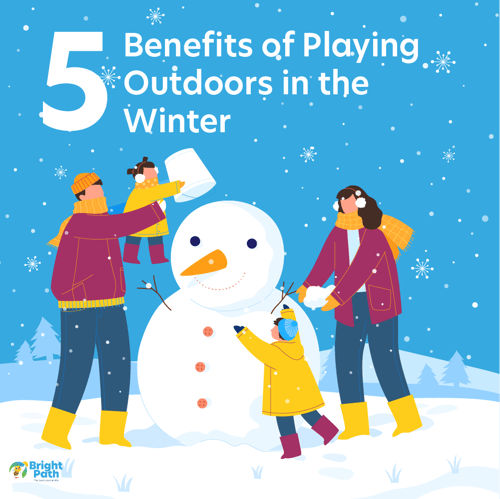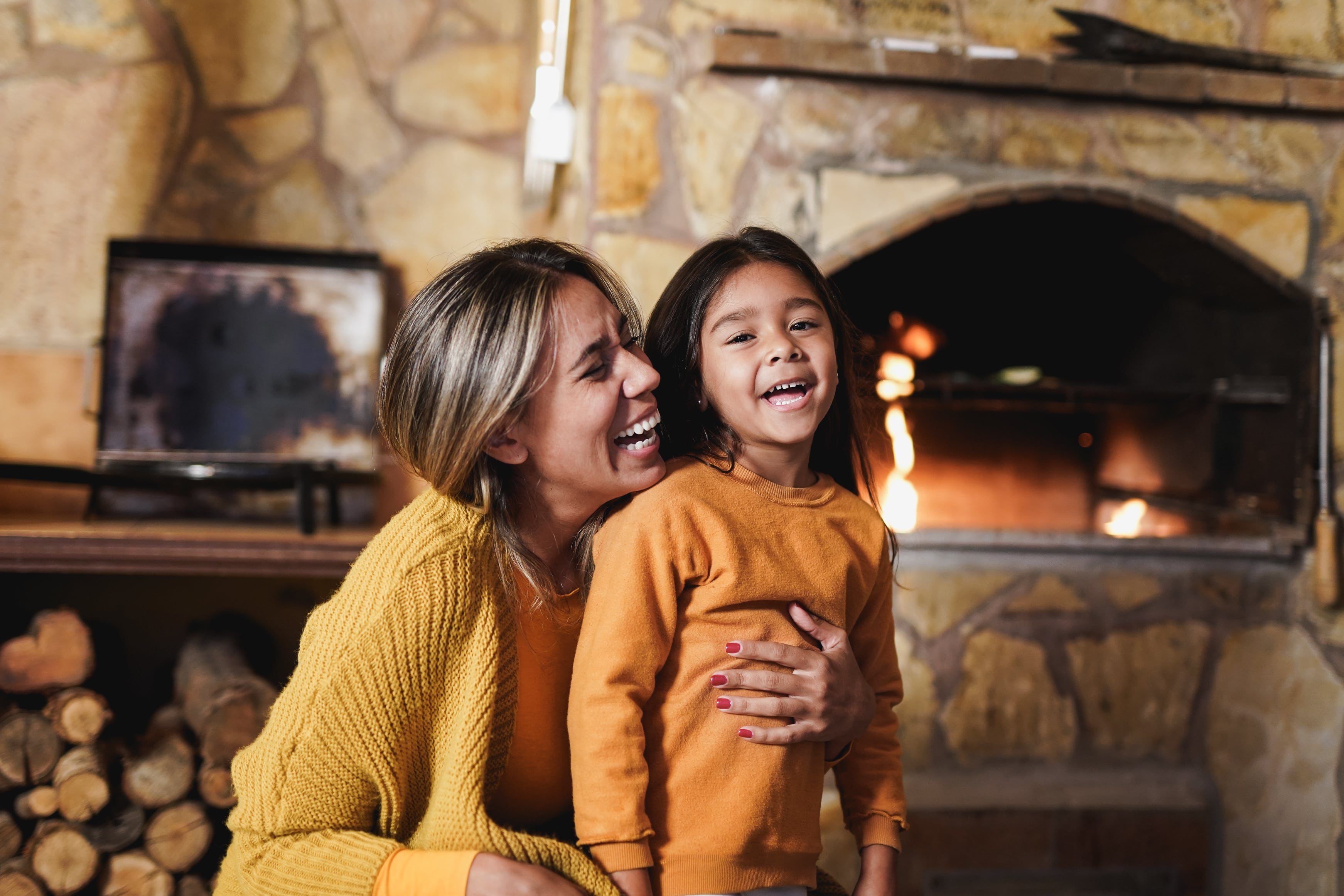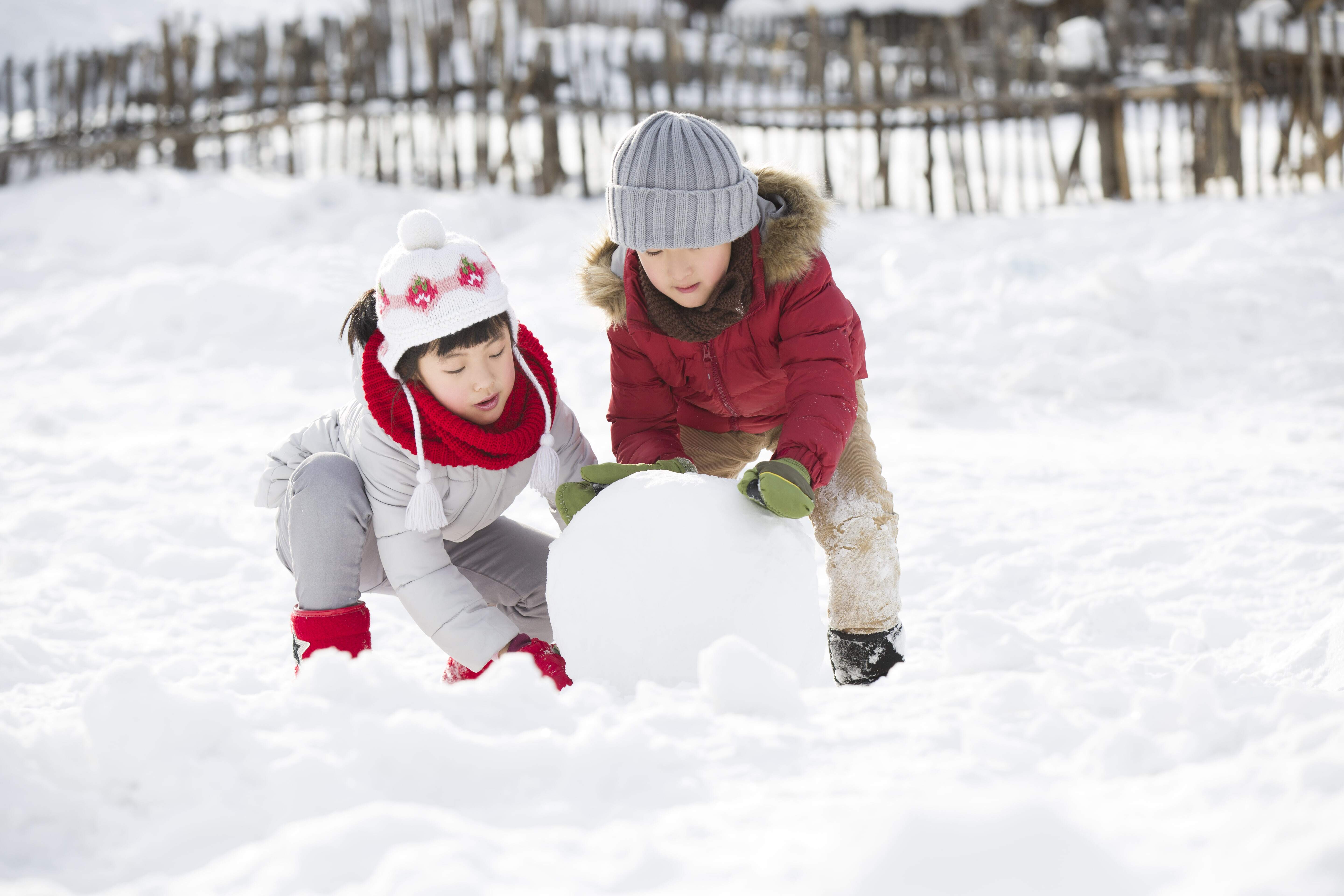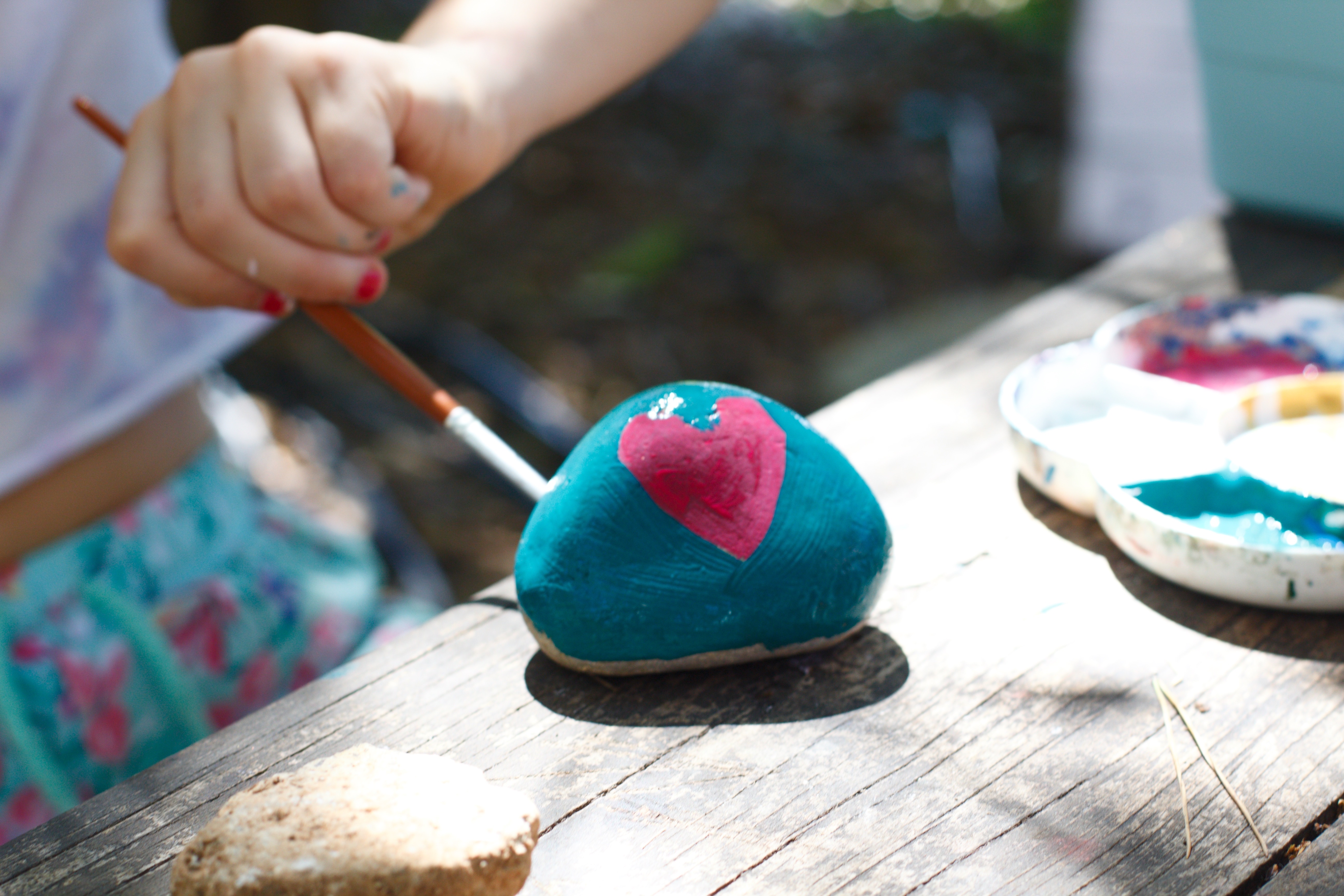Here are five benefits of outdoor play, plus fun winter activities to do as a family!
As parents, we all have similar concerns about our children playing outside in the winter. Are they warm enough? Did I pack enough clothes? Where did those mittens go that I bought last week? Why was everything so wet when I picked them up? It’s an easy mind trap to get sucked into. However, rest assured that winter outdoor play is not only fun and safe, but it’s also extremely beneficial for your child in a variety of different ways.
Exploring winter should be a positive learning experience for children as they gain new skills, build strong, healthy bodies and minds, and develop a better understanding and appreciation for the great, cold outdoors. So, put on those toques and strap on your boots and join us in experiencing the many benefits of outdoor play, even in the winter!
1. Promotes Good Physical Health
Outdoor play is a fun and entertaining way to engage children in physical activity! The Canadian 24-Hour Movement Guidelines indicate that children between 1-4 years of age should be participating in 180 minutes of physical activity per day, at least 60 of which should be energetic play. Infants also need to participate in a variety of physical activities throughout the day, including tummy time. According to ParticipACTION, children who are more active on a daily basis are shown to improve their learning and cognitive functions, motor development, fitness levels, sleep, and overall health and quality of life! Not to mention that bacteria collects inside so it’s important to get out for fresh, clean air.
Try these at home: go sledding, skating, hiking, roll a giant snowball, play on the playground, or have a snowball throwing contest.
2. Supports Emotional and Mental Health
Did you know that you can support your child’s emotional and mental health through outdoor play? With an ever-growing need for mental health support and resources, you can start at home by simply encouraging your children to engage in fun winter activities! A 2018 ParticipACTION Report Card outlines the importance of physical activity on mental health in children. Evidence suggests that activity decreases symptoms of stress, anxiety, and depression while increasing creativity, self-esteem, and self-worth.
In addition to the physical aspect, outdoor play is also beneficial to mental and emotional health by building self-confidence and risk assessment. Wintertime presents a whole new set of challenges for children. Everything from navigating around snowbanks and avoiding dangerous icicles to walking on slippery sidewalks and staying clear of yellow snow helps to develop a child’s ability to assess risk in an adult-monitored environment, and in turn, boosts their self-confidence when they overcome these new challenges.
Try these at home: have a snowball fight, build a snow fort, warm up around a winter campfire, go for a winter walk, or have a winter picnic (don’t forget the hot chocolate!).
3. Skill-Building
Outdoor play is an essential part of skill-building during those early years. Creativity, imagination, dexterity, mobility, and social skills are just a few of the many different skills that can be acquired through winter outdoor play. Learning how to play with snow, for example, presents children with the opportunity to get creative, use their imagination, and problem-solve to create anything their hearts desire. Outdoor play in the winter also encourages social development and collaboration, allowing children to work together to overcome seasonal challenges and experiment with winter-themed games. Children benefit from play-based learning by developing lifelong skills they will continue to establish into adolescence.
Try these at home: invite the neighbours over to play, make a snowman, create a snow maze, build snow castles, or draw shapes/write your name in the snow.
4. Learn Something New
There’s so much we can learn from nature. Winter is a great time for children to learn about the different seasons, life cycles, adapting to change, various wildlife, and so much more! Outdoor play can also spark children’s interest in science! By simply allowing children to play and explore nature freely they can learn through experience about biology, different elements, freezing and melting, building structures, and temperature change. Guide children through fun hands-on winter projects in order to help them learn something new!
Try this at home: blow bubbles and watch them freeze, identify different tracks in the snow, hang a winter bird feeder in the backyard, or have a winter-themed nature scavenger hunt.
5. It’s Fun!
Whether it’s building snowmen and snow forts, jumping into piles of snow, or tobogganing down the biggest hill in the park, there are so many fun memories to be made as a child in the wintertime. Think back to some of your own experiences. What adventures stand out to you? Try incorporating these fun winter activities into your daily and weekly routines to share the fun with your own children.
Try this at home: make a snow-cano, use food colouring and water to create snow art, bury your legs in the snow, measure your body with snowballs, or make snow angels.

How Families Can Support Outdoor Play in the Winter
Registered Early Childhood Educator (ECE) and BrightPath Education Coach Susie Martin shares how families can support children in outdoor play for wintertime fun!
- Make sure your children have all the clothing and accessories needed for the winter weather! Things like snow pants, winter coats, winter boots, neck warmers, winter hats, waterproof mittens, and extra pairs of socks, mittens, and pants, make being prepared for the winter weather a breeze.
- Tip: Many families purchase children’s clothing items at similar retailers, so labeling children’s clothing is important!
- Avoid scarves as they can be a choking hazard and are difficult for your children to play in.
- When purchasing mittens for your child, check to see if they can hold a toy or object in their hand while wearing their mittens. If not, they are more likely to take off their mittens out of frustration.
- Boots can be hard to put on when children are learning to balance. By putting the “toes” of the boots against a wall, children can stabilize themselves and put their boots on independently.
- Putting coats on can also be challenging when you are two or three years old. We encourage the children to put their coats on the floor with the hood on their toes, arms in the sleeves and then lifting their coat up and over their heads…Flip, Flop, over the Top!
- Stay in the know and check us out on social media! Follow BrightPath on Facebook and Instagram for a variety of fun winter activities and daily inspiration.
Stay in the know and check us out on social media! Follow BrightPath on Facebook and Instagram for a variety of fun winter activities and daily inspiration.








